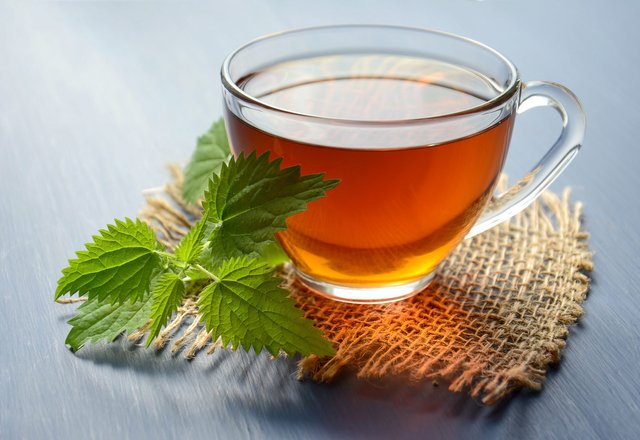The story of tea spans thousands of years, crossing cultures, continents, and centuries. Here’s a brief tale of how tea went from ancient folklore to the world’s favorite drink.
The Origins in China:
Legend has it that tea was first discovered in 2737 BCE by Chinese Emperor Shen Nong, who was known for his interest in science and medicine. One day, as he was boiling water under a tree, a few leaves blew into his pot, changing the water’s color and fragrance. Curious, Shen Nong tasted the infusion and found it refreshing and invigorating. That tree was a wild tea tree, and this chance encounter is believed to be the beginning of tea drinking.
Tea in China and Buddhism:
Over the centuries, tea became embedded in Chinese culture, especially among scholars, monks, and royalty. Monks in particular embraced tea for its ability to help them stay awake during long hours of meditation. By the time of the Tang Dynasty (618-907 CE), tea drinking had evolved into an art, with the Chinese celebrating its flavors, effects, and even the equipment used to brew it. Tea culture flourished, with poets and artists capturing its beauty and spiritual depth.
Spreading to Japan:
Buddhist monks traveling between China and Japan brought tea seeds and tea culture to Japan, where it was initially enjoyed among the elite. By the 13th century, tea drinking developed into the Japanese tea ceremony, or chanoyu, which emphasized mindfulness, harmony, and the beauty of simplicity. This ceremony, steeped in Zen Buddhist principles, transformed tea drinking into a meditative and spiritual practice.
The Silk Road and Tea Trade:
As Chinese merchants and travelers explored new lands, tea began to reach other countries via the Silk Road and maritime trade routes. By the 9th century, tea had reached the Middle East, and by the 16th century, European traders had discovered this intriguing drink. Portuguese and Dutch merchants were among the first to bring tea to Europe, where it quickly captivated the aristocracy and spread across the continent.
Tea and Britain:
The British quickly took a liking to tea, making it a staple of British culture. By the 18th century, tea had become deeply embedded in British life, leading to the establishment of tea plantations in British-controlled regions like India. The British East India Company played a key role in expanding the tea trade, ultimately changing the economies and landscapes of India and Sri Lanka as tea cultivation became widespread.
The Boston Tea Party and American History:
Tea’s journey also sparked one of the most famous acts of rebellion in American history—the Boston Tea Party of 1773. Frustrated with British taxes, American colonists dumped an entire shipment of tea into Boston Harbor, igniting tensions that would lead to the American Revolution.
The Global Drink:
Today, tea is a global phenomenon, with different cultures embracing their own unique styles and ceremonies. From the British tradition of afternoon tea to Morocco’s sweet mint tea, tea has inspired endless rituals and social practices. It continues to be a symbol of hospitality, comfort, and community across the world.
Whether sipped in silence or shared with friends, tea’s journey is a reminder of how a simple drink can bridge cultures and centuries, connecting people through a shared love of warmth, flavor, and a moment of peace.
